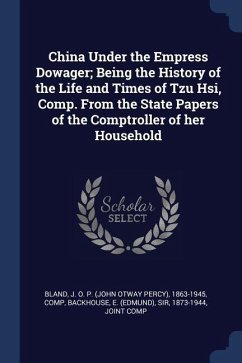"Dayal's impressive archival discoveries open up entirely new ways of thinking about mobility in South Asia. In this exciting multi-lingual study of households and their crucial role in building Deccan kingdoms, she offers a dazzling view of how households forged connections across ecological and political frontiers, mobilizing the power of literati, merchants, and military entrepreneurs in new forms of world-making in the early modern Deccan." --Purnima Dhavan, author of When Sparrows Became Hawks: The Making of the Sikh Warrior Tradition, 1699-1799 "Drawing upon a formidable body of sources in Persian, Dutch, and Indian vernaculars, Dayal studies the presence of the Mughal Empire in the Deccan through the lens of circulation, new identity formations, the household, and belonging as experienced by elites and ordinary people up and down the social hierarchy. This engaging book is full of important insights and is a required reading for anyone interested in the history of early modern South Asia and beyond." --Ali Anooshahr, Professor of History at University of California, Davis "Subah Dayal's book examines the Deccan frontier of Mughal expansion through a careful reading of historical and literary texts and archival documents. These address the great families and households that formed the core of political organization from different angles and provide many original insights into the world of the seventeenth century." --Muzaffar Alam, George V. Bobrinskoy Professor of South Asian Languages and Civilizations at University of Chicago
Hinweis: Dieser Artikel kann nur an eine deutsche Lieferadresse ausgeliefert werden.
Hinweis: Dieser Artikel kann nur an eine deutsche Lieferadresse ausgeliefert werden.








